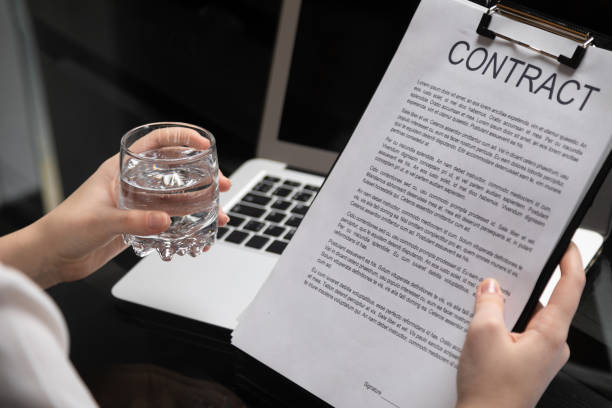Water is essential to life, but the way we pay for it has evolved drastically over centuries. In the UK, water rates have transitioned from simple, flat-rate fees to complex billing systems influenced by metering, legislation, and environmental priorities. Today, smart technology is transforming how water is measured and managed—both by providers and businesses.
In this blog, Scalex Technology explores the history of water rates in the UK, the factors that shaped their development, and how new technologies are ushering in a smarter, fairer water future.

🌍 Ancient Origins: Public Water as a Civic Duty
Water management dates back to ancient civilisations like Rome, which constructed aqueducts and public fountains to supply free water to cities. These early systems were public utilities, funded by taxes or the state—not user payments.
Key Facts:
- Roman aqueducts provided over 1 million cubic metres of water daily to cities like Rome.
- No individual water charges—supply was seen as a public good.
🏘️ 19th Century: The Birth of UK Water Rates
The UK’s water charging history began in the 1800s, when urbanisation and public health crises (like cholera outbreaks) pushed governments to build piped water systems. This era saw:
- Formation of local water companies
- Introduction of rate-based billing, linked to property value
- The Public Health Act 1848, which made water access a municipal responsibility
Billing Method:
- Charges were included in local rates (taxes) and were not based on actual water use.
- Larger or more valuable properties paid more.
💷 20th Century: Expanding Access, Not Accuracy
As indoor plumbing became widespread in the 20th century, water rates remained unchanged for most households. Even into the 1980s:
- The vast majority of UK homes were not metered
- Bills were calculated using rateable value—an old valuation of the property, not actual usage
This system was seen as outdated, especially for:
- Small households paying the same as large ones
- Environmentally conscious users trying to reduce usage, but seeing no bill changes
📊 1989 – Privatisation & Regulation
A turning point came with the privatisation of the UK water industry in 1989 under the Water Act. This created:
- 10 regional private water companies in England and Wales
- The Office of Water Services (Ofwat) to regulate pricing and service
- A push for fairer, usage-based billing
Introduction of Water Meters:
- Water meters began rolling out, especially in new homes
- Customers could request meters voluntarily
- Charges became based on actual consumption (per m³)
💡 21st Century: The Rise of Smart Metering
Fast forward to today, and the UK is embracing digital water management. Smart meters—like those deployed and supported by Scalex Technology—are enabling:
- Real-time water usage tracking
- Early leak detection
- Fairer billing based on accurate, granular data
- Environmental reporting and ESG compliance
🧠 Benefits of Smart Metering for Businesses
Modern water rates are influenced by technology. Businesses can:
- Cut costs by identifying hidden leaks
- Optimise water use across departments or properties
- Align with Net Zero targets and sustainability goals
- Use data dashboards to plan water efficiency improvements
📅 Timeline Summary: Water Rate Evolution in the UK
| Year | Milestone |
|---|---|
| ~50 AD | Roman aqueducts bring free public water |
| 1848 | Public Health Act promotes piped water |
| 1800s–1900s | Charges based on rateable property value |
| 1989 | Privatisation and metering begins |
| 2000s–Present | Smart meters, data-driven billing |
🚀 The Future of Water Billing
As climate pressures rise and digital infrastructure improves, smart, transparent, and fair water billing will become the norm. Water will be valued not just for its utility, but also for its environmental impact—and every drop will be accounted for.
🔧 Scalex Technology: Enabling Smarter Water Use
At Scalex Technology, we help businesses across the UK reduce water waste, cut utility bills, and make data-backed decisions through advanced metering, monitoring, and analytics.
💬 Want to take control of your water rates?
Contact our team today for a demo or consultation.
